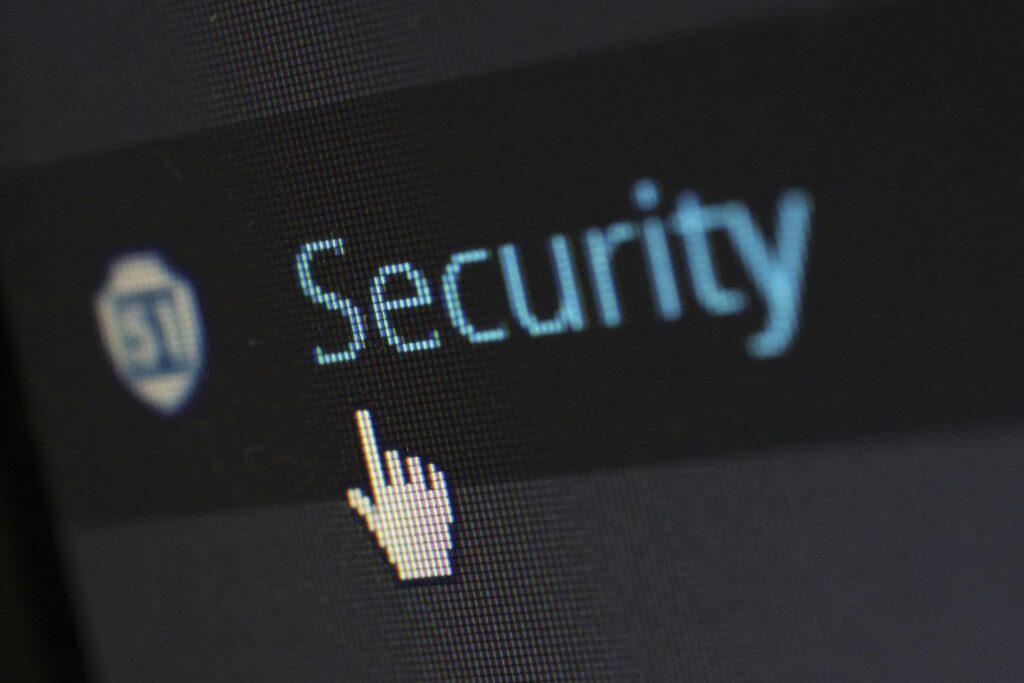Ever clicked on an email link that seemed legit… until your antivirus started screaming at you? Yeah, we’ve been there too. Phishing emails are no joke—they’re responsible for over 90% of data breaches, according to recent cybersecurity reports. But here’s the kicker: many people still can’t spot them. So how do you analyze these digital con artists before they sink their hooks into you?
In this post, we’ll dive deep into phishing email analysis—the key to safeguarding your inbox and beyond. You’ll learn how to identify red flags, step-by-step strategies to dissect suspicious messages, and expert tips to stay one step ahead. Plus, I’ll share some brutal truths about common mistakes (including one epic fail from yours truly). Ready to become a phishing detective? Let’s roll!
Table of Contents
- Why Phishing Emails Matter More Than Ever
- The Nitty-Gritty: How to Conduct Phishing Email Analysis
- Best Practices to Defend Against Phishing Attacks
- Real-Life Examples of Phishing Scams
- Frequently Asked Questions About Phishing Email Analysis
Key Takeaways
- Phishing emails account for over 90% of cyberattacks—your vigilance matters.
- Analyzing headers, links, and content is crucial to identifying malicious intent.
- Tools like VirusTotal and Google Safe Browsing simplify phishing detection.
- Employee training and multi-factor authentication (MFA) reduce phishing risks significantly.
- Avoid blindly trusting “urgent” or “too good to be true” emails—it could save your data.
Why Do Phishing Emails Still Trick Us? The Shocking Reality

I once fell victim to a phishing scam—not my proudest moment. Someone impersonated my boss asking me to transfer funds urgently. It was convincing enough that I almost did it… until I noticed the email address ended in .ru instead of .com. Whew. Saved by geography class.
Now here’s the cold, hard truth: phishing works because attackers exploit human psychology. They prey on our fear of missing deadlines, curiosity about clickbait offers, or trust in familiar brands. These tactics aren’t just limited to individuals; businesses lose billions annually due to phishing attacks targeting employees.
Luckily, proper phishing email analysis equips you with tools to sniff out trouble before clicking becomes a catastrophe.
The Nitty-Gritty: How to Conduct Phishing Email Analysis
Step 1: Inspect the Sender’s Email Address
Optimist You:* “Just check who sent it!”
Grumpy You:* “Yeah, but don’t stop at looking—it’s all about scrutinizing.”
Check if the domain matches the supposed sender’s official website. For example, PayPal wouldn’t send emails from “@paypa1.com.” Attackers often mimic legitimate domains using subtle typosquatting tricks.
Step 2: Hover Over Links Without Clicking
Before jumping headfirst into a mysterious link, hover your mouse cursor over any hyperlinks to see the actual URL. If it redirects somewhere shady or unrelated to the sender, delete immediately.
Step 3: Check Attachments Carefully
This strategy is chef’s kiss for avoiding ransomware. Never download suspicious attachments—even PDFs can hide malware. Use free online scanners like VirusTotal to scan files first.

Step 4: Analyze Language and Urgency
Hear that whirrrr sound again? That’s your brain realizing something’s off. Phishing emails often have grammatical errors, overly urgent tones (“ACT NOW OR ELSE”), or pleas for confidentiality. Legitimate companies rarely use such tactics.
Best Practices to Defend Against Phishing Scams
- Enable Multi-Factor Authentication (MFA): Even if credentials are stolen, MFA adds another layer of protection.
- Use Spam Filters: Most modern email services filter phishing attempts automatically.
- Educate Employees: Regular training sessions help everyone recognize phishing patterns faster.
- Avoid Terrible Tip Alert: Don’t rely solely on antivirus software—it might not catch every attack.
And rant alert: Why do scammers always target Monday mornings when caffeine hasn’t even kicked in yet?! Sounds like your laptop fan during a 4K render—whirrrr indeed.
Real-Life Examples of Phishing Scams
The Fake Dropbox Invitation: In 2022, users reported receiving fake Dropbox notifications claiming shared documents awaited them. When opened, victims unknowingly installed ransomware onto their systems.
Celebrity Breach Saga: High-profile phishing cases show no one’s immune. Celebrities like Elon Musk have had accounts compromised via cleverly crafted spear-phishing campaigns.
Frequently Asked Questions About Phishing Email Analysis
- What should I do after spotting a phishing email?
- Report it to your IT department or mark it as spam to improve future filters.

- Can AI detect phishing emails effectively?
- Yes, AI tools enhance detection rates but shouldn’t replace manual reviews entirely.
- Are mobile devices safe from phishing attacks?
- Nope. Mobile phishing has surged recently, especially through SMS and messaging apps.
Wrapping It Up
We’ve covered why phishing email analysis isn’t optional—it’s essential. From inspecting sender details to staying skeptical of “urgent” requests, you now have actionable steps to protect yourself. Remember: patience and awareness are your best allies against cybercriminals.
Got more questions? Drop a comment below or bookmark this guide for quick reference next time your inbox looks sketchy. Stay sharp out there!
(P.S. Like a Tamagotchi, your cybersecurity health needs daily care.)


